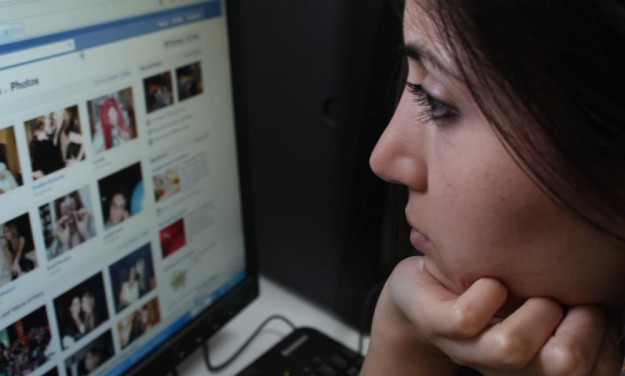
For assessment 2, my group and I are looking to see if there has been a change in the representation of families in comedic television. We are looking at The Simpsons (pre 2000) and Modern Family. We figured that comparing similar comedic family based televisions shows from different decades would allow us to find out whether our hypothesis is true. Initially, we struggled to really define what our research topic was. We found just investigating family roles and their representations was too broad of a question to look into. Still in the process of constructing our survey, I interviewed my brother as a trial run to test out our questions.
The majority of our questions are close-ended questions as we feel as though open-ended questions are best suited for our focus group.
- Are you familiar with The Simpsons (pre 2000) and Modern Family?
Yes to both.
- In a few words describe the role each of the family members play in each show.
Homer: Idiot
Marge: Housewife
Bart: Rebel
Lisa: Nerd
Maggie: Fill in
Phil: Supporting role, father figure (anchor role)
Claire: Ties all of the family in
Hayley: Popular
Alex: Nerd/goody two shoes
Luke: Innocence
- Do you see any similarities between any of the characters in The Simpsons and Modern Family?
There are similarities but not the same extent. Homer and Phil are both the funny/dumb dads who provide you with laughs but because The Simpsons is a cartoon it’s easier for Homer to do more dangerous and dumb things. The children play the same roles though. Bart and Hayley are similar as they are both rebellious and don’t care too much for school, Lisa and Hayley and both good kids who are very focused on grades and Maggie and Luke both provide and extra little part to the story but play no big roles.
- Do you think Modern Family portrays social norms in today’s society?
I think it does. It shows a wider variety of family scenarios that I believe are more accepted today that they were pre 2000 in The Simpsons. For example, Modern Family has a gay couple that has an adopted Asian baby. This is definitely more accepted in this day and age. Also there are no large stereotypes such as gays being immaculately groomed and extremely fit or that gays are overly flamboyant which is something The Simpsons does show. Also, the family structure of Jay, Gloria and Manny is something quite new and acceptable nowadays. Jay is much older than Gloria and Gloria is a beautiful Latino who is divorced with one child. Mixed-race families are something that I never saw in The Simpsons.
These questions are really just a basis of our survey. We do have other questions as well but are too long to fit into this short post. This purpose of this test was to figure out whether any of my questions should be worded differently as other people may interpret them other ways or find it difficult to answer question 2 for example in just one word.

